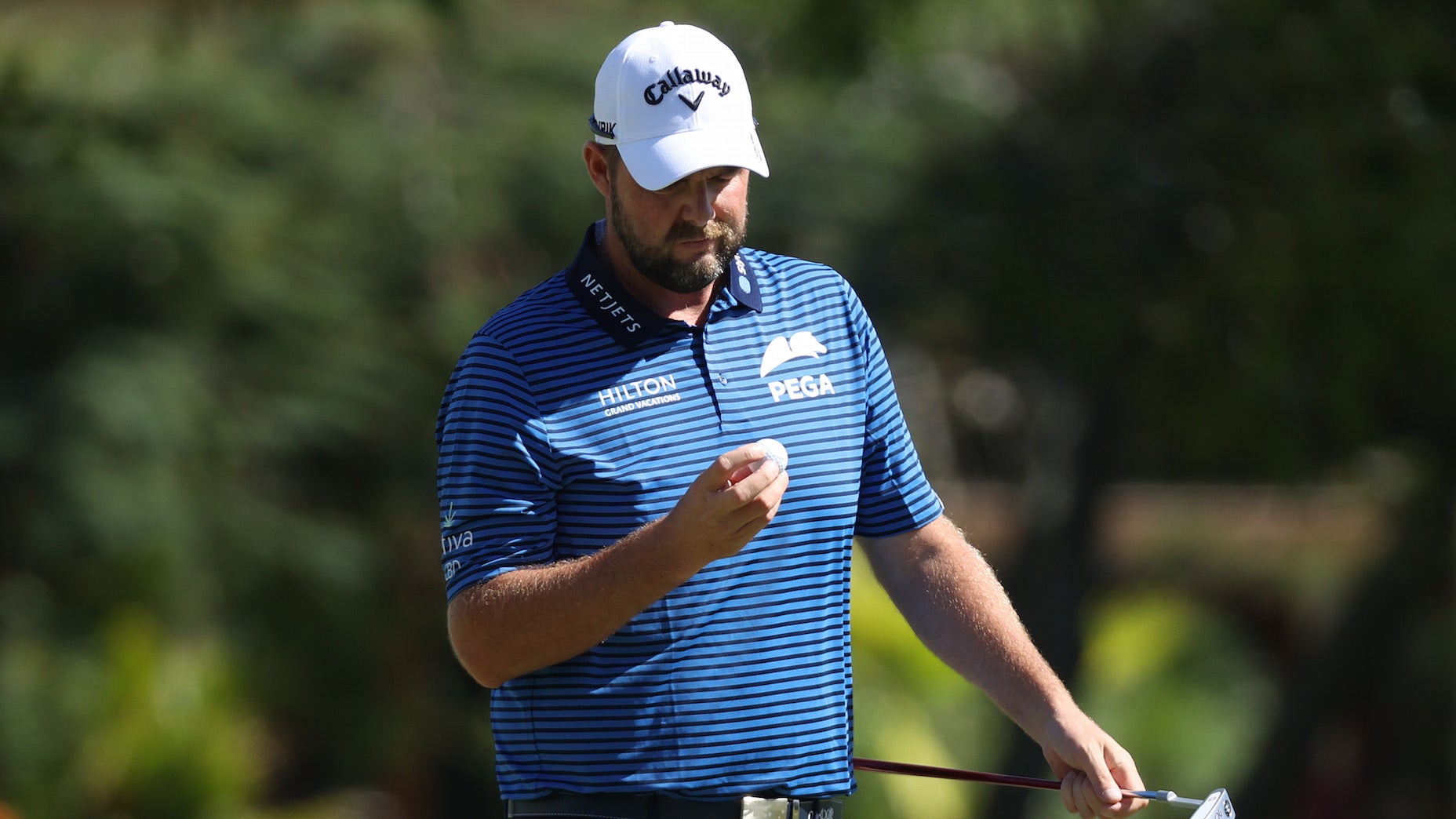Alignment is influential on all shots during a round of golf, but it’s critical on the greens where precision is paramount. A putt that’s just one centimeter off can mean the difference between celebrations and heartbreak, so ensuring that you’re aligned correctly is a major piece of the putting puzzle.
To make any given putt, or at least lag it close, golfers must do three things:
Get those three aspects exactly right, and the ball should drop into the hole. Unfortunately, though, there’s no perfect recipe to follow that will help you get it right every time. What works for Bryson DeChambeau or Justin Thomas may simply not work for you. Our brains and bodies all work differently, so trying to match technique and equipment to your particular needs is vital.
The goal is to find equipment that’s going to help you play your best golf more often. That search even includes finding your preferred way to mark your golf ball, and how to place it down on the green when putting.
Some golfers draw a Sharpie line on their golf ball to make the alignment portion a bit easier (or they use lettering/lines already on the golf ball for guidance). The line provides a nice visual aid for golfers who desire a frame of reference on starting direction. Here’s how it works: Point the line on the golf ball at the intended target, set your putter and stance parallel to the line, hit the putt down the line, and then all you have to worry about is speed. Surely you’ve heard of this technique, and maybe you already employ it yourself.
Five-time tour winner Marc Leishman, on the other hand, has tried the line approach before, but he’s not a believer.
“I put two red dots on either side of the V on the Callaway,” Leishman told GOLF.com in a recent interview. “No line. I have no line on my putter, no line on my ball. I like to look at nothing when I’m putting. It’s all feel. I’m very much a feel player … in maybe 300 events I’ve played on Tour, I might have used a line on my ball for five of them just to change it up.”
Certainly, some golfers will imagine putting with no lines and feel they’d have no sense of direction. Leishman, however, sees things differently. The line becomes more of a nuisance than a compass.
“I just trust my instincts really,” Leishman says. “When I do use a line, I feel like the line is set up in the wrong spot, and I feel like I might as well not even do it. I guess that’s just the way my brain works.”
Putting is hard enough, and having a line on the golf ball that’s pointing in the wrong direction can obviously confuse things. Leishman raises a good point.
Despite having no line on his golf ball, Leishman does have a system to get his brain focused on the right starting line.
“Say it’s an 8-footer that’s going to break a foot,” Leishman explains. “I’ll look at something on the green that’s a foot right of the hole and just hit a dead straight putt at that thing, whether it’s a spike mark, or a change of color in the grass, or whatever it is. I’ll just look at that and feel like I’m hitting a dead straight putt at that, and let the break do what it’s going to do. Occasionally, if it’s a super-quick putt, I’ll look at the high spot and try to hit the high spot, but most of the time, if it’s a straight-forward putt, I’m just trying to hit a straight putt at the spot and trust that my brain is going to make me line up properly.”
Maybe your brain doesn’t work the same as Leishman’s, and you prefer a line on the ball. Personally, I use a line on my golf ball when putting, but experimentation with your equipment is important to find out what truly works for you. Leishman’s blank-ball approach to putting is no different; try it and see if it helps.
To execute this method, place your golf ball down on the green making sure the all-white portion is facing the sky. This could free up your mind and inner-athlete to feel out the correct line and speed. As Leishman says, trust your instincts.
Want to overhaul your bag for 2021? Visit the expert fitters at our sister company, True Spec Golf. For more on the latest gear news, check out our latest Fully Equipped podcast below.
